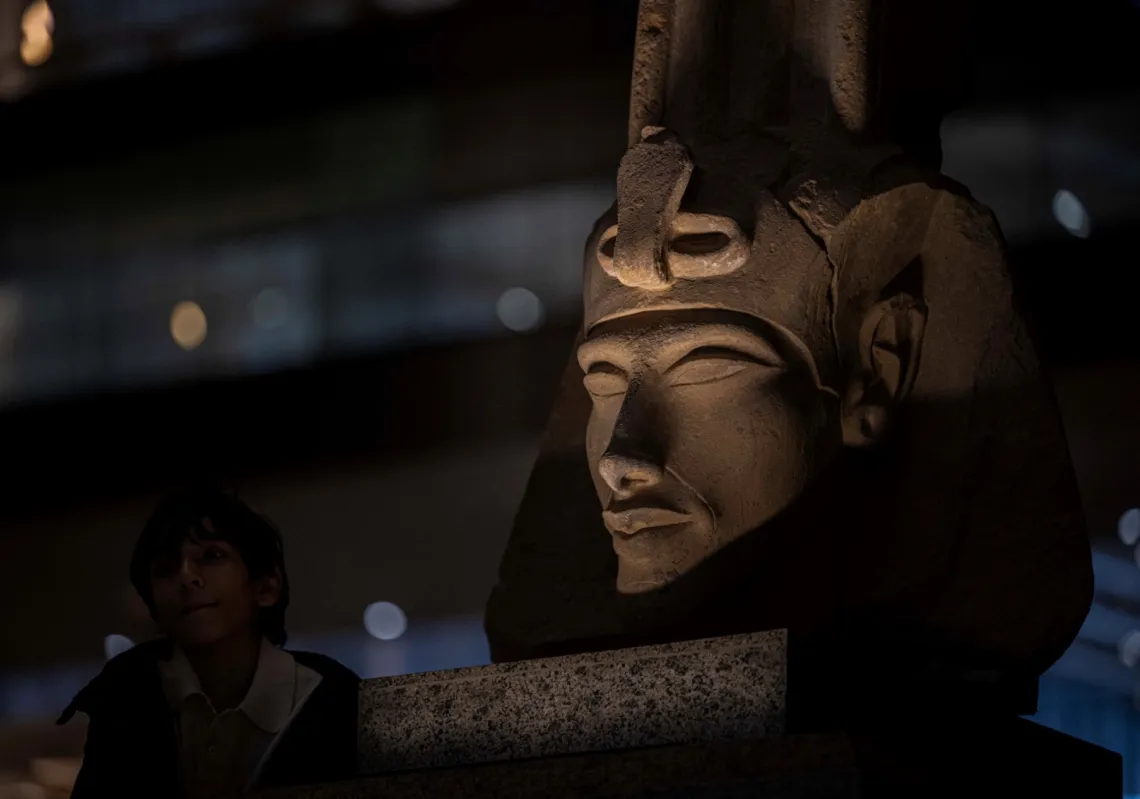In his memoirs, former Syrian prime minister Fares al-Khoury says that when serving as MP in the Ottoman Parliament during World War I, he met with Enver Pasha, the Ottoman Minister of War who was preparing for a military offensive to re-take Egypt from the British.
He didn’t specify when the meeting occurred, but theoretically, it would have been before the military campaign started in January 1915. Enver said, "Egypt will be easy; it’s in our pocket.”
Khoury was taken aback by the pasha’s self-confidence, who had the deserts of Sinai to cross before attaining any victory and fighting off the mighty British Army. When inquiring further, he was told that a clairvoyant had assured Enver Pasha that the “opening of Egypt” would occur in 1334 Hijri (which coincides with 1916 in the Gregorian calendar). “They (the Ottomans) became optimistic”, wrote Khoury, “believing that this date was inevitable history.”
But things did not go as hoped for Enver Pasha.
Not only was he unable to re-take Egypt, but he lost the Ottoman Empire towards the end of World War I.
Throughout history, other heads of state and generals have based their decisions on such superstitions. A famous example was Julius Cesar, who was warned by a soothsayer to “beware the Ides of March (15 March),” which was associated with doom and destruction in Roman times.
The great Caesar paid no notice. On this date, he was famously stabbed to death at the Roman Senate by those closest to him in 44 BC.
If this were to apply to former Egyptian president Gamal Abdel Nasser, then he probably would not have left his home on 28 September — a dark day in his life that witnessed the dissolution of his union with Syria in 1961, followed by his own untimely death in 1970 on that same very date.
It was also on this day that the second Palestinian intifada broke out in 2000, making 28 September a landmark date in modern Arab history.

28 September 1961
The month of September 1961 was one of the worst in the short-lived Syrian-Egyptian union that had been established back in February 1958.
People were talking – behind closed doors – about the wrongdoings of Egyptian officers running Syria. Abdel Nasser had just nationalised private industry in Syria — a move that outraged the business elite of Damascus and Aleppo.
And it was in September when the final showdown took place between Abdel Nasser’s two right-hand men, Abdul Hamid al-Sarraj of Syria and Abdul Hakim Amer of Egypt.
The first, a former interior minister and security chief, served as vice-president of the United Arab Republic (UAR). At the same time, Amer was Abdel Nasser’s man in Syria and commander of the Egyptian army.
Abdel Nasser summoned them both to Cairo for a dressdown, and after lengthy talks, al-Sarraj resigned from his post on 22 September 1961. He withdrew from public life, indirectly admitting that Amer had defeated him.
Six days later, a group of Damascene officers marched into the Syrian capital, commanded by 34-year-old Abdul Karim al-Nehlawi. They initially claimed that their objective was to right the wrongs of the Union Republic, rather than bring it down completely.
Al-Nehlawi went into direct talks with Abdul Hakim Amer, who pretended to accept all their conditions, prompting the junta to issue Military Announcement #9 at midday, saying that “things had returned to normal, and we have faith in the wisdom of the Commander-in-Chief.”
The announcement created great confusion within Syrian military ranks. Some welcomed it; others threatened to bomb army command if Announcement 9 was not revoked immediately.
When a rumour spread that Abdel Nasser was personally coming to Damascus, ordinary Syrians rushed to restore the signs and billboards they had torn down earlier that morning, carrying his image and quotes.

The Egyptian president did not show up in Damascus on that day, however, and when it became clear to the coup leaders that Amer was bluffing, they went through with their coup, bringing down the Union Republic. Amer and a handful of Egyptian officers and Syrian cabinet ministers were kicked out of Damascus at 5:20 PM on 28 September 1961.















